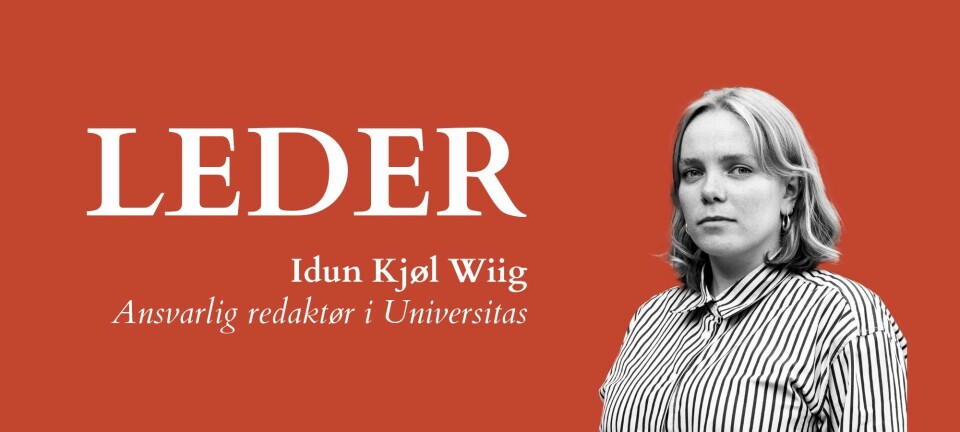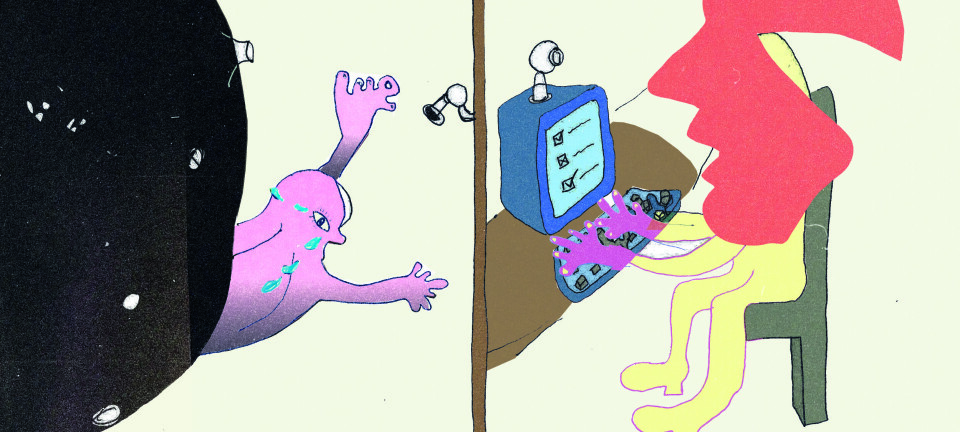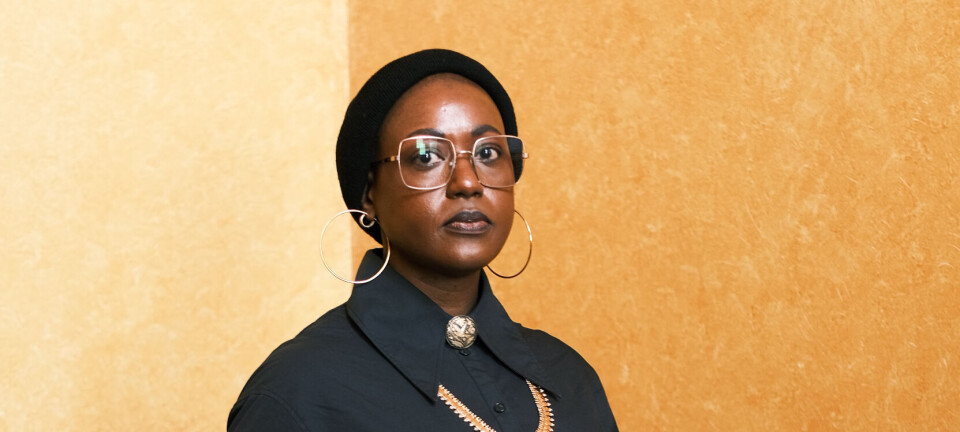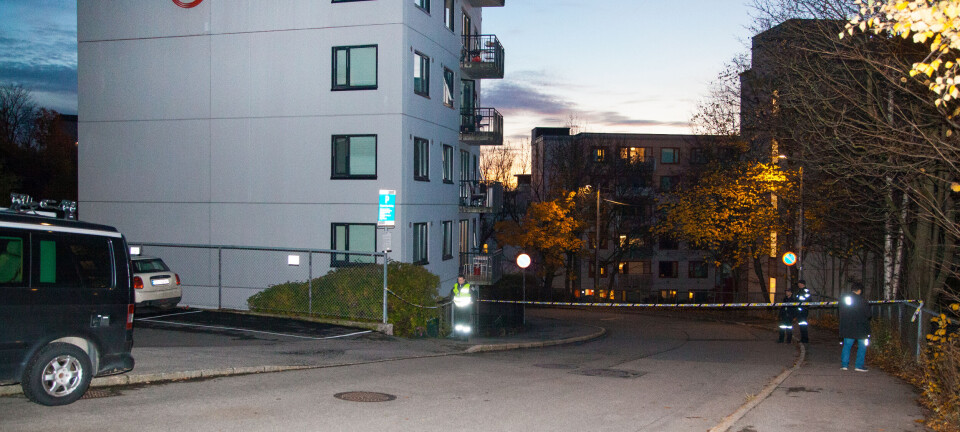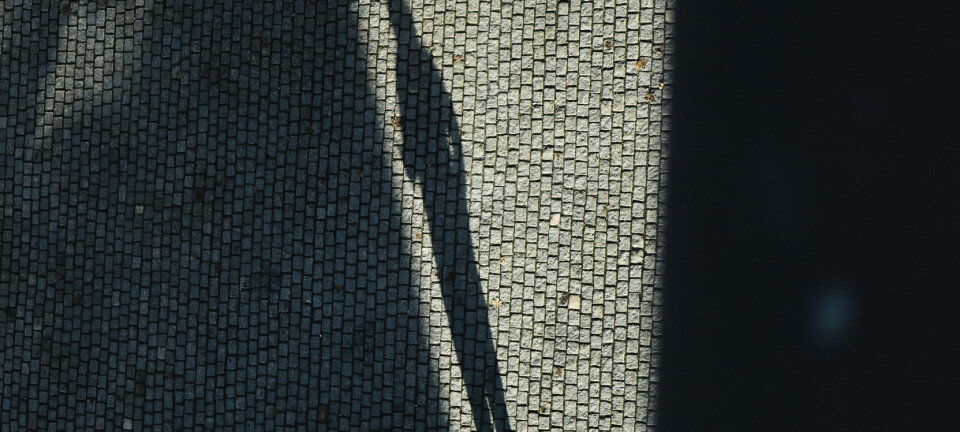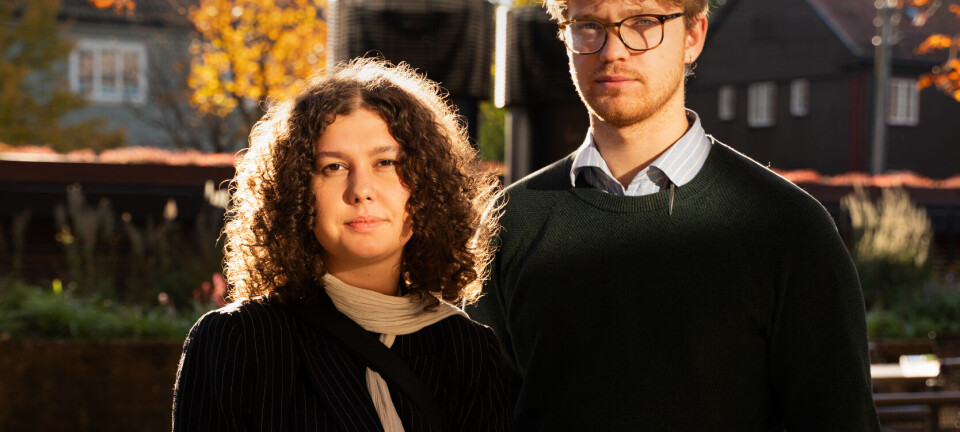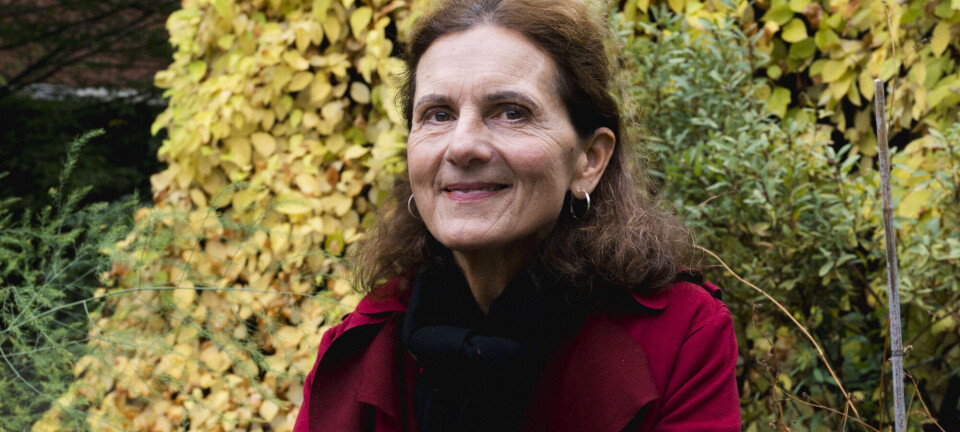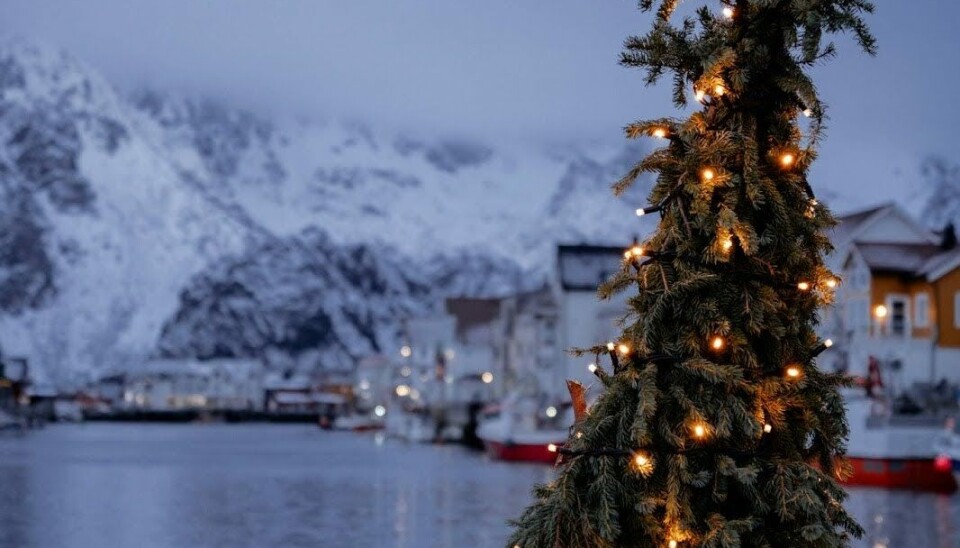
300 Years of Christmas Celebrations:
A Norwegian Christmas Miracle
Festive feasts, animal sacrifices, and curtains made of newspaper. Roasted seagull and makeshift wartime desserts. These are only a few of the highlights in the history of Norwegian Christmas celebration—a story of a nation's rise from humble poverty to prosperity and consumerism.
Long Ago: Booze, Bloodshed, and Barbeque
Before Christianity came to Norway, Christmas was not exactly the warm and cosy season we know today. The Norwegian word jul stems from the Old Norse jól, a winter festival held with extended family and associated with the solstice—the longest, darkest night of the year, which was celebrated in hope of brighter and warmer days ahead.
The Vikings did not tell nativity stories, but served beer, barbecued meat and honoured their gods with animal sacrifices. Jól then meant a lot of drinking and toasting the gods for good harvests, fertility, and peace. Remnants of the Viking jól festival still echo through modern Norwegian Christmas, for example in the tradition of brewing juleøl, or Christmas beer.
The 19th Century: Curtains Made of Newspaper
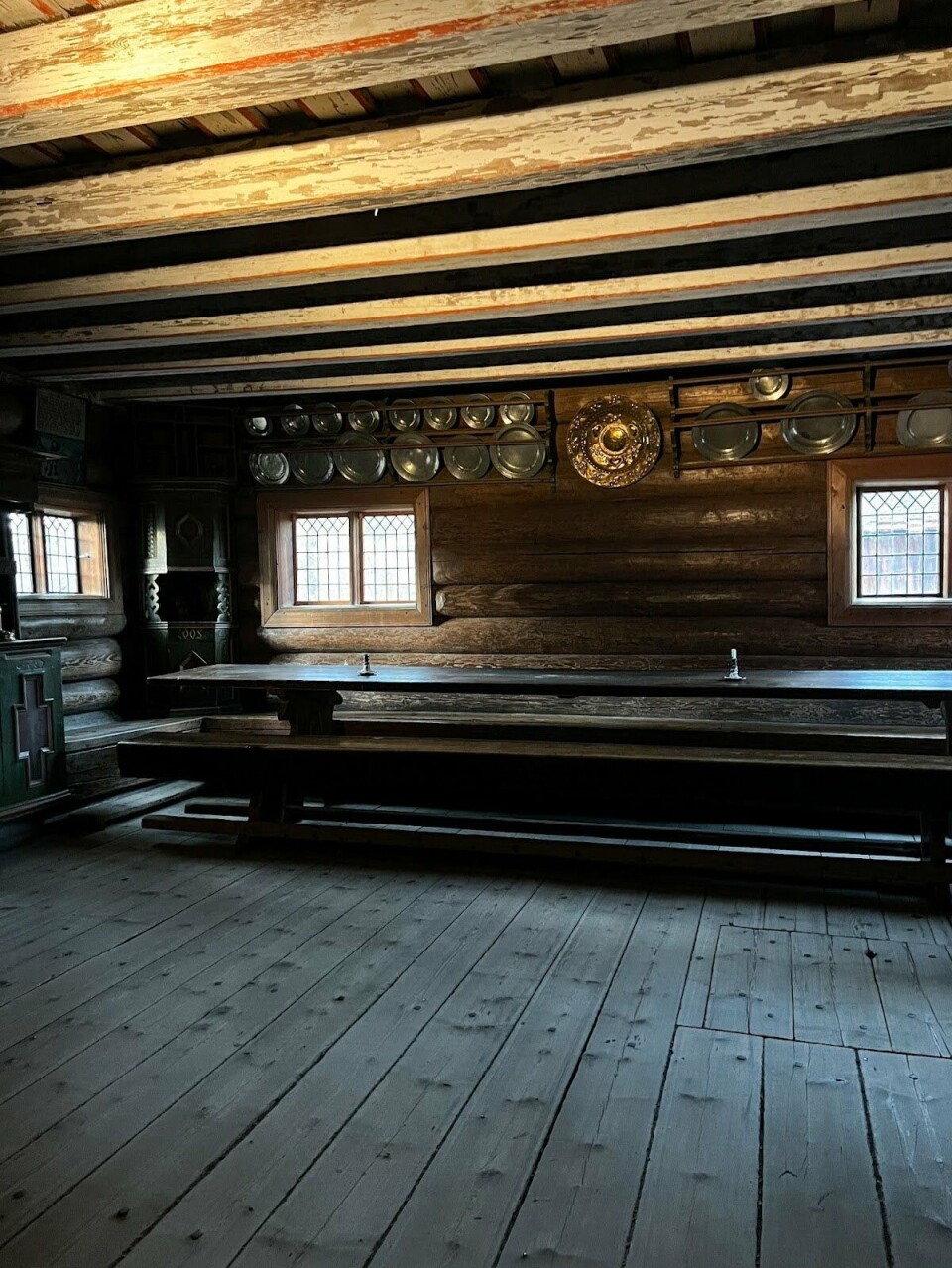
After centuries under the Danish kingdom, Norway formed a union with Sweden. Most people lived on farms in large families, and children too were expected to work long days for the family’s livelihood. Formal education was not very common, and life was generally harsh, shaped by the long Norwegian winters.
Finnish traditions that had been introduced through immigration in the late 18th century also left their mark. Celebrations often began by going to the sauna, and before dinner people read the Christmas Gospel—in Finnish.
Originally from Switzerland and Southern German regions, the tradition of the Christmas tree came to Norway via Denmark and became popular in middle class homes. Before that, houses were decorated with spruce and juniper, evergreen branches symbolising life. Curtains were made of newspaper, as textiles were too expensive. Lit by candles and fireplaces, families gathered for meals of lutefisk (a dish of white fish with a questionable, gelatinous appearance), potatoes, and barley porridge.
The Early 20th Century: Seagull for Dinner
During World War II traditional Christmas delicacies were scarce. With food rationing, families had to get creative, often replacing traditional dishes with rabbit, seagull, and smoked puffin. Recipes were altered to replace sugar, and mashed potatoes were often used in cakes to replace almond paste. Wartime bread baked with “crisis flour” gave people stomach problems, resulting in commonplace jokes: “Have you heard the new bread?”
Chocolate and sweets too were rare luxuries, often shared as a single piece among siblings. The dark clouds above Europe however had a silver lining, as the shortage of sugar coincided with a decrease in dental caries. Scarcity also brought families closer together and shifted the focus from material things to time spent with loved ones. Christmas was about human connection and simply being together.
The 1950-70s: Plumper Pockets
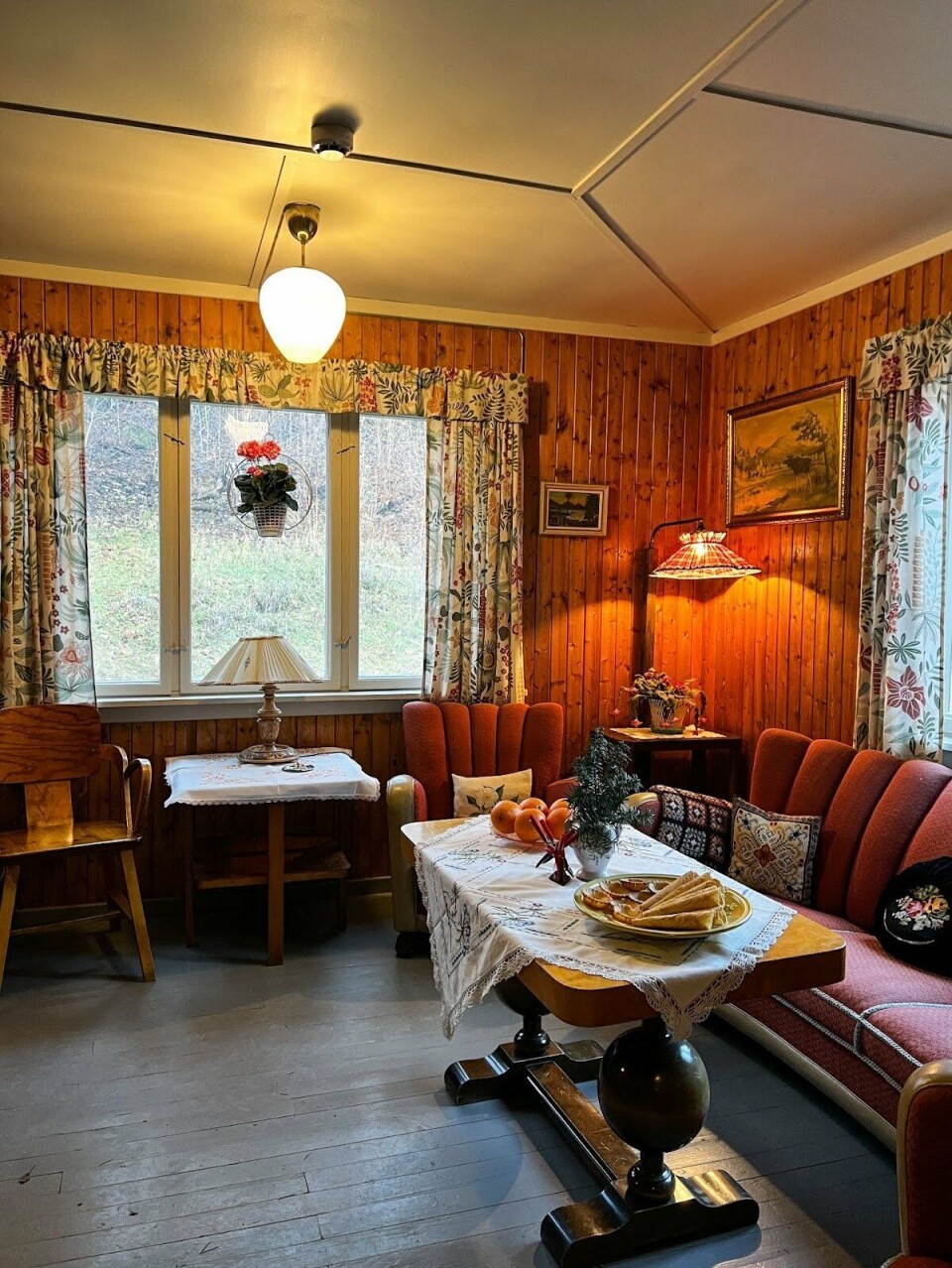
The post-war rebuilding and modest inflation made everyday goods like food, clothing, and housing more affordable. Several generations often lived together under one roof. People could rely on steady wages and prices, and families could now enjoy festive meals.
The family gathered for dinner only in the best room of the house, reserved for special occasions. Christmas dinner could include pork chops or ribs, and well-to-do families might even treat themselves to a case of oranges and apples. One tradition was to bake seven types of Christmas cakes. After the church bells rang at 5 pm, small gifts for the kids were placed under the tree. Christmas cards and festively themed comics were also becoming popular.
Half a century ago, the Norwegian economy was still adjusting to post-war changes. But in the 70s, with steady economic growth, Christmas was marked by a boom in consumerism. Economic growth fuelled prosperity, and people had access to modern products, such as electronics, toys, and clothing.
As prosperity grew, so did the presence of new technologies in households. In the 1960s, television became a central part of family life, and the first regular programmes were broadcasted in 1960. Within five years, 400,000 households in Norway had a television, and families could now gather to watch Christmas films and programming.
10 years ago: All I want for Christmas is Clementines
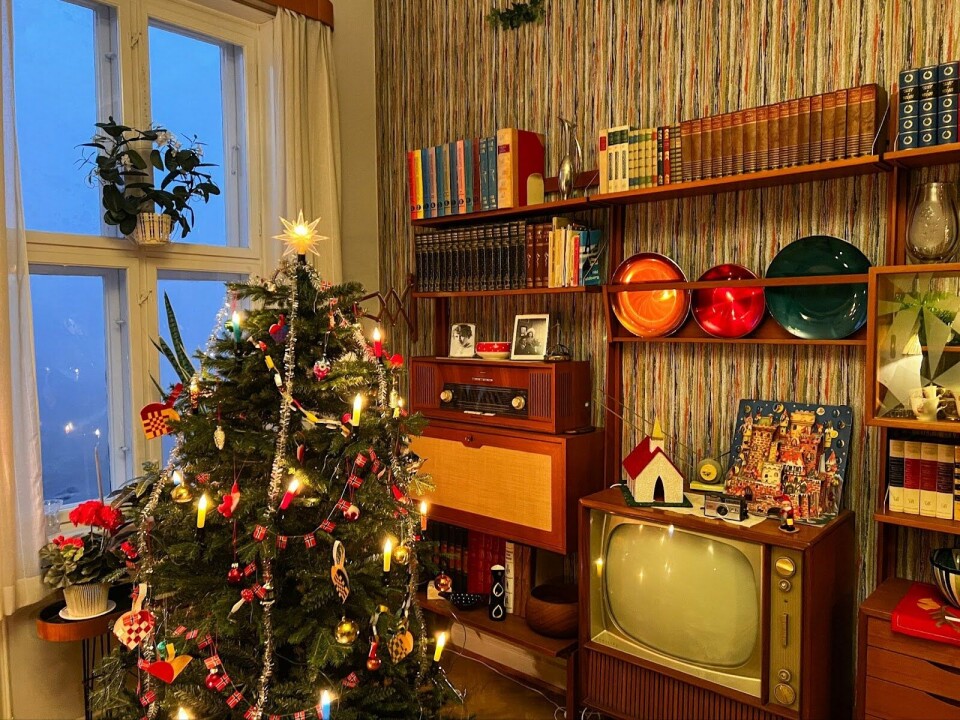
By 2014, Norway had become one of the wealthiest nations in Europe, its GDP per capita surpassing those of UK, Germany, and France, among others. This prosperity was reflected in an increased life expectancy, which had risen from 73 to 82 years in just a few decades.
Just like today, on 23 December, the Norwegian lille juleaften, families got together for festive meals and to decorate Christmas trees. The import of almost 30 tons of clementines and tangerines, or 5.67 kilograms per person, shows how these tangy favourites have been integrated into Norwegian winter culture. Many Christmas wish lists had winter sports as a top priority, with snowboards and skis reflecting Norway's passion for outdoor activities.
One year ago: The Party Continues
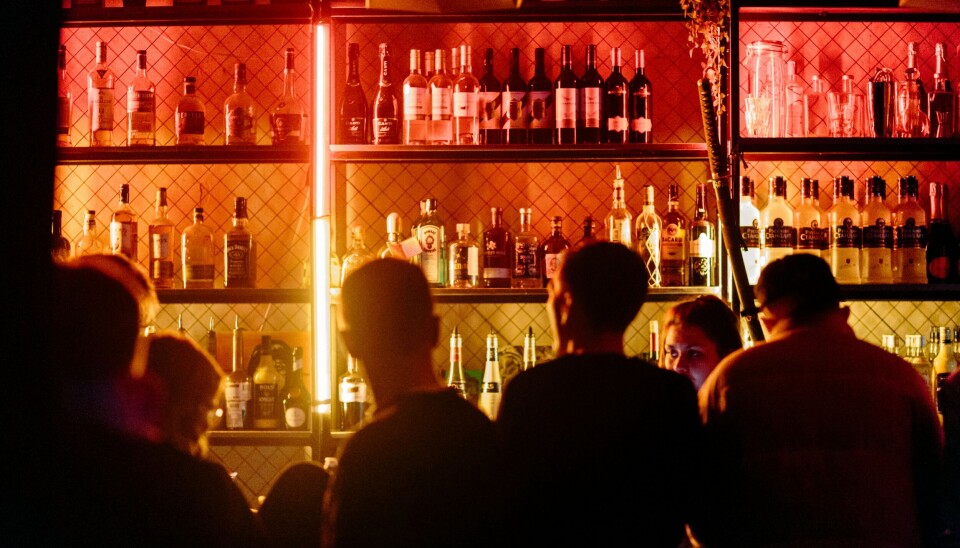
The trend of prosperity continued into 2023, with growing GDP per capita and longer life expectancy. Gift giving was marked by a strong preference for electronics, with headphones, phones, and speakers topping Christmas wish lists.
The julebord, or "Christmas table," is a modern echo of the viking winter solstice celebrations and remains a cherished tradition in Norway to this day. Companies, organisations and friend groups pack restaurants full during the Christmas period and keep the nightlife popping. Norwegians live by the motto: “What happens at julebord, stays at julebord” and temporarily lay aside the usual social rules. The only rule: don't talk about it the next day—or ever again.

